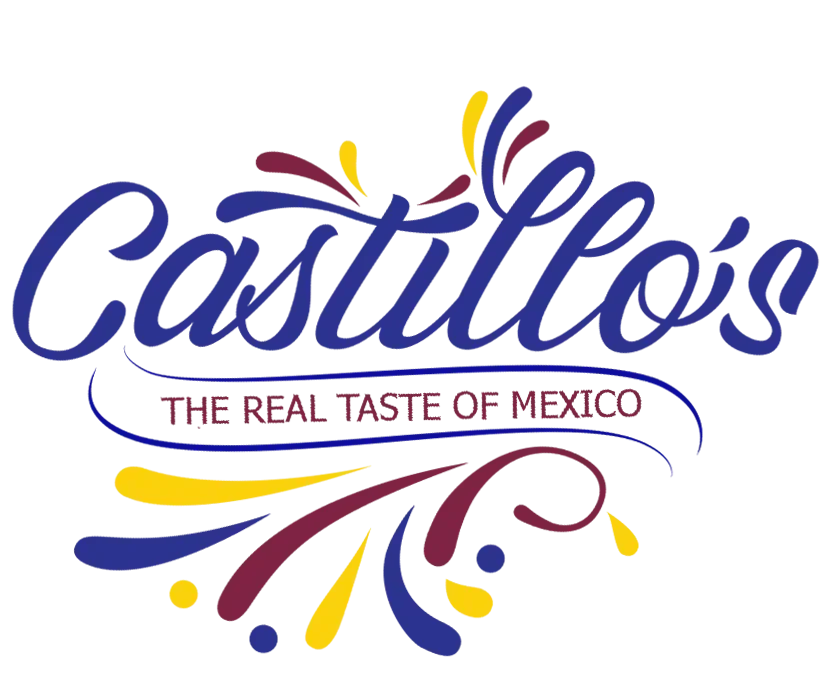The celebration of Eid al-Fitr and Eid al-Adha holds immense significance for Muslims globally, marking two of the most cherished occasions in the Islamic calendar. These festivals not only represent spiritual milestones but also foster community bonds and cultural traditions. Growing up in a modest household in Iran, I experienced the essence of these holidays, which, despite our family’s varying levels of religious observance, were integral to our social fabric. During Ramadan, we would gather for Iftars, sharing meals with loved ones, culminating in the joyous celebration of Eid al-Fitr.
Eid al-Adha, on the other hand, is a profound commemoration of the faith of Ibrahim, who was willing to sacrifice his son in obedience to God’s command. In remembrance of this act, Muslims who are financially able perform the ritual of animal sacrifice, typically a lamb, and distribute the meat among family, friends, and those in need. This practice ensures that everyone can partake in the festive meals during Eid al-Adha, leading to a rich array of culinary delights, including hearty lamb stews and braised dishes.
What Makes Each Eid Unique?
The term Eid translates to ‘celebration’ in Arabic, and while both Eid al-Fitr and Eid al-Adha are significant, they serve different purposes within the Islamic faith. Eid al-Fitr marks the conclusion of Ramadan, a month dedicated to fasting and spiritual reflection, while Eid al-Adha is celebrated during the Hajj pilgrimage season, honoring the themes of sacrifice and devotion.
Many people often inquire about the differences between these two Eids, and I find joy in sharing the rich narratives that connect them to Islamic traditions. The Abrahamic faiths—Judaism, Christianity, and Islam—share common roots yet celebrate distinct holidays. For instance, while Muslims observe two Eids, Christians celebrate Christmas and Easter, and Jewish communities commemorate Hanukkah and Passover.
Exploring Eid al-Fitr
 HUSSEIN FALEH/Getty Images
HUSSEIN FALEH/Getty Images
Eid al-Fitr is a grand celebration that marks the end of Ramadan. This festival occurs when the new moon is sighted in the month of Shawwal, following the month of fasting. The significance of Eid al-Fitr lies in the joy of breaking the fast and coming together as a community.
Due to the lunar calendar’s nature, Eid al-Fitr does not fall on a fixed date in the Gregorian calendar, which can lead to variations in its observance. For instance, in 2025, Eid al-Fitr will be celebrated on March 31st.
Celebration Traditions of Eid al-Fitr
Once the moon is sighted, Muslims worldwide don their finest attire, participate in special prayers, and visit family and friends. It is customary to give children gifts, known as Eidi, and to share sweets and festive meals.
My grandparents emphasized the importance of Fitrana, a charitable donation made before the Eid prayer, ensuring that everyone can partake in the celebrations. This act of giving reinforces the spirit of community and generosity that characterizes Eid al-Fitr.
The feasting during Eid al-Fitr is a highlight, often accompanied by street festivities filled with music and dancing, creating a vibrant atmosphere of joy and celebration.
Culinary Delights of Eid al-Fitr
Among my favorite treats during Eid al-Fitr are traditional sweets like zulbia and bamiyeh. These Persian delicacies are deep-fried and soaked in syrup, offering a delightful taste of the holiday. The variety of desserts served during Eid al-Fitr is vast, with each culture adding its unique twist. In South Asia, for example, sheer khurma—a sweet dish made with vermicelli, dates, and nuts—is a popular choice, while in the Middle East, ma’amoul cookies filled with nuts and dusted with powdered sugar are a festive favorite.
As families gather, they often prepare elaborate dishes such as biryani, korma, and samosas, showcasing the rich culinary heritage associated with Eid al-Fitr.
Understanding Eid al-Adha
 SHAMMI MEHRA/Getty Images
SHAMMI MEHRA/Getty Images
Eid al-Adha, translating to the ‘Festival of Sacrifice,’ commemorates the profound story of Ibrahim’s willingness to sacrifice his son as an act of obedience to God. This holiday emphasizes themes of faith, commitment, and community support.
As the lunar calendar dictates the timing of Islamic holidays, Eid al-Adha is observed on the 10th of Dhu al-Hijja, which will fall on June 7th, 2025.
Celebration Practices of Eid al-Adha
During Eid al-Adha, Muslims engage in the practice of animal sacrifice, reflecting on the story of Ibrahim’s faith. My personal experiences with Eid al-Adha have evolved over the years, from childhood celebrations filled with gifts and family meals to more community-oriented observances as an adult.
Today, I often fast the day before Eid al-Adha, breaking my fast at sunset to mark the beginning of the festivities. Gathering with friends and family at the mosque, we share meals and contribute to charitable causes, embodying the spirit of giving that is central to this holiday.
Curiously, I learned from my mother about her childhood celebrations in Egypt, where the holiday was marked by communal sacrifices and sharing of meat with neighbors, reinforcing the importance of community in Islamic traditions.
Halal practices are essential during this holiday, ensuring that the animal is treated humanely and that the sacrifice is performed in accordance with Islamic law.
Culinary Traditions of Eid al-Adha
Food plays a central role in Eid al-Adha celebrations, with traditional dishes varying widely across cultures. While meat was a staple in my mother’s childhood meals, today, many families incorporate a variety of dishes, including roasted vegetables, salads, and unique desserts.
Sweet treats like baklava and kunefa are popular during this holiday, and I always make it a point to try something new each year. The diversity of Muslim communities around the world enriches the culinary landscape of Eid al-Adha, making each celebration unique and flavorful.
